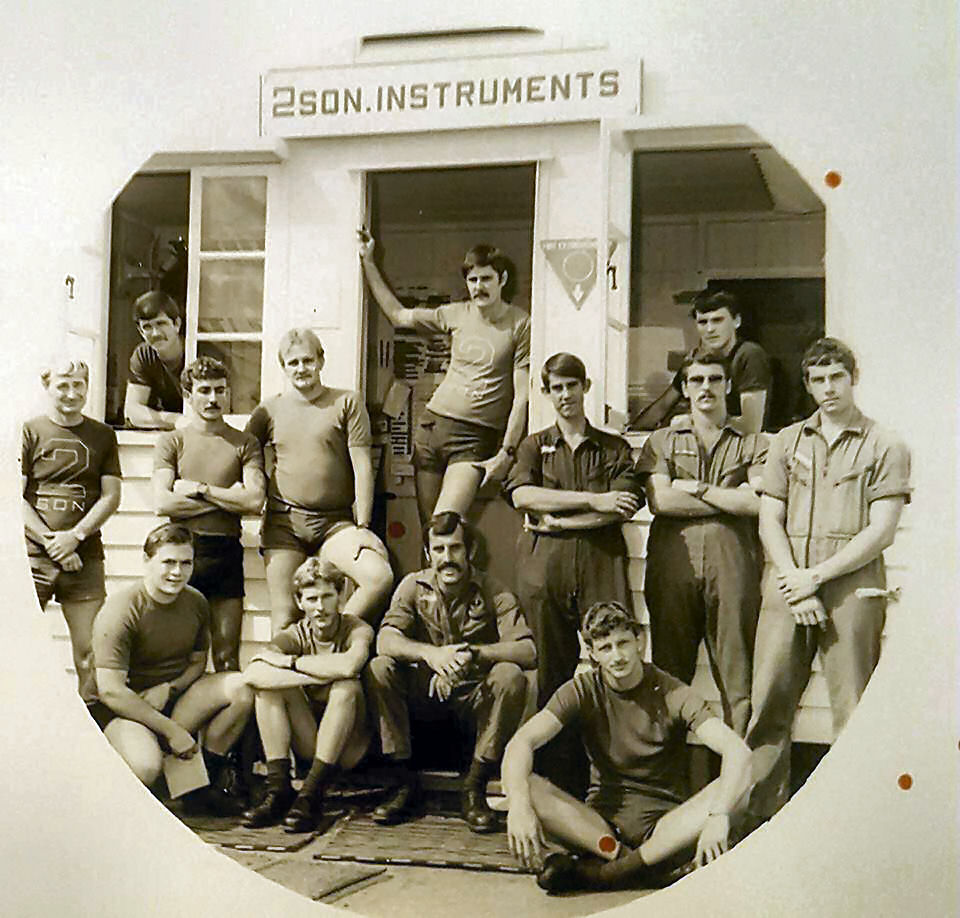|
|
||||||||||||||||
|
||||||||||||||||
|
Privacy Policy | Editorial Policy | Profit Policy | Join the Association | List of Members | Contact us | Index | Links |
||||||||||||||||
|
Back Go to page: 1 2 3 4 5 6 7 8 9 10 11 12 13 14 15 16 17 18 19 20 Forward
|
||||||||||||||||
|
|
||||||||||||||||
|
Uranquinty.
RAAF Base Uranquinty was a base located at Uranquinty which is about 15 klm south west of Wagga, on the Olympic Way. In 1940, during the Second World War, land was requisitioned as part of the Empire Air Training Scheme and a base was built for the purpose of forming No. 5 Service Flying Training School (SFTS). After basic training, successful pilots would go on to an SFTS for further instruction that focussed on operational (or "service") flying techniques. No. 5 was one of eight Service Flying Training Schools established by the RAAF to provide intermediate and advanced flying instruction to new pilots as part of Australia's contribution to the Empire Air Training Scheme.
|
||||||||||||||||
|
|
||||||||||||||||
|
No. 5 SFTS began flight training in February 1942 using 28 Wirraways. The unit grew over the next two years and by early 1944 was operating 128 Wirraways, two de Havilland DH.84 Dragons, two de Havilland Moth Minors and a CAC Wackett. It typically graduated one course of pilots each month, although the wastage rate sometimes exceeded 40 per cent
The course at SFTS typically consisted of two streams, intermediate and advanced, and included such techniques as instrument flying, night flying, advanced aerobatics, formation flying, dive bombing, and aerial gunnery. The total duration of training varied during the war as demand for aircrew fluctuated. Initially running for 16 weeks, the course was cut to 10 weeks (which included 75 hours flying time) in October 1940. A year later it was raised to 12 weeks (including 100 hours flying time), and again to 16 weeks two months later. It continued to increase after this, peaking at 28 weeks in June 1944.
|
||||||||||||||||
|
|
||||||||||||||||
|
The "main street" of No. 5 Service Flying Training School at Uranquinty in 1943.
|
||||||||||||||||
|
No.5 SFTS reached a strength of some 2,000 personnel during the war and graduated 1,515 pilots. The rate of flying conducted at the school declined during 1945 and, by November, its aircraft were being readied for storage. In February 1946, No. 5 SFTS was disbanded and its staff and equipment used to re-establish No.1 Flying Training School (No.1 FTS), which had operated during the war as No.1 Service Flying Training School prior to disbanding in 1944. No.1 FTS was allocated 55 Wirraways, two de Havilland Tiger Moths, and one Avro Anson, though in the event it undertook little flying before relocating to Point Cook in August 1947. Post-war demobilisation saw the establishment of several RAAF Care and Maintenance Units (CMU), which were responsible for the upkeep of surplus equipment prior to disposal. No.5 SFTS spawned Care and Maintenance Unit Uranquinty to look after aircraft stored at the base. These were auctioned off in November 1948, and CMU Uranquinty was dissolved the next month.
The control tower was dismantled by No. 2 Airfield Construction Squadron (2ACS) and shipped to Woomera, the airbase supporting the operation of the RAAF Woomera Test Range.
After the RAAF left, the base was used as a migrant centre until September 1951, when the RAAF required the base to be reopened and No. 1 Basic Flying Training School operated there until 19 December 1958, when the base was finally closed down.
Today there is nothing left of the old base, which was sold to a private buyer many years ago. A memorial consisting of a Wirraway engine and a number of information panels can be found in the nearby town.
|
||||||||||||||||
|
|
||||||||||||||||
|
Peter Taylor who was sent there in 1965 (or 66) to maintain the base, remembers the best thing about Uranquinty in his time was the Sunday session at the pub. He remembers a singer there that had a disability, something to do with her legs he thinks. What a great voice and lovely person she was. Anyone remember her name??
Seems the Uranquinty pub was a Tooheys pub, the one down the road, the Rock Hotel, was a Carlton Pub – Uranquinty was the beer territory boundary.
|
||||||||||||||||
|
What's left there now.
|
||||||||||||||||
|
|
||||||||||||||||
|
|
||||||||||||||||
|
|
||||||||||||||||
|
9 Squadron chopper.
Iroquois helicopter machine gunners from No 9 Squadron, check their weapons after a mission in support of Australian troops in the rubber plantations near the 1st Australian Task Force (1ATF) Headquarters, near Vung Tau, South Vietnam, known as Operation Bribie. During a reconnaissance run over the Long Tan area, the RAAF men spotted three Viet Cong (VC) moving through the rubber trees. They swept into the attack and the three VC guerrillas were believed killed.
Draped in machine gun 7.62mm ammunition belts, the crewmen are Brian Víncent Taylor, of Rockhampton, Qld (left), and Brian Boyd (Ron) Hill, of Subiaco, WA (right). These men along with Fl Lt Robert Andrew Macintosh, and co-pilot Geoffrey Alfred Banfield, flew the Iroquois A2-1019 during Operation Bribie. This aircraft is now part of the Australian War Memorial's collection.
This aircraft was considered a write-off after it had been crash landed in the jungle about 8 miles from the Australian Task Force. It dropped into a clearing from a height of 25 feet after a total engine failure and was air lifted back to Vung Tau by US Army Chinook. 9 Squadron's crew decided to rebuild the crippled aircraft and planned to have it "flying" within a month using parts from another damaged aircraft. "It's a tribute to the skill of the tradesmen in the Squadron" Flt Lt Cotter said as he inspected the aircraft."
This aircraft was taken on strength by 9 Squadron at Fairbairn in October 1964. In May 1966 it was flown to Richmond then transported via HMAS Sydney to Vung Tau, arriving on 6 June 1966. It returned to Australia in October 1968 and was issued to 5 Squadron at Fairbairn. From 1975-1979 the aircraft was used at Williamtown and later issued to No 2 Flying Training School at Pearce where it was used in Search & Rescue Operations. On 21 May 1985 it was flown by Wing Commander Mick Haxell DFC to the Australian War Memorial and presented to the Memorial by Air Marshal Evans AC DSO AFC. This aircraft was stored at Fairbairn from 21 May 1985 until 18 May 1988 when it was transported to AWM Mitchell store. It is currently on display in the Vietnam Gallery.
|
||||||||||||||||
|
|
||||||||||||||||
|
9 Squadron blokes working on the aircraft in the hangar at Vung Tau.
|
||||||||||||||||
|
Mrs O’Leary” said the Doctor, “Do you smoke after intercourse?” “I've never looked”, she replied.
|
||||||||||||||||
|
481 Mntce – back when the RAAF used to fix stuff.
John Jelovic sent us this pic, he says: It was taken in 1987 I think at 481 Avionics Squadron at Williamtown. I only remember a few names. The civilian contractor in the middle (Rod Lord), was assigned from Litton in Canada to help with the new ELATS (Expanded Litton Automated Test Set), the 2 machines in the photo. Automated testing of F/A18 Systems, mainly the onboard Inertial Navigation System. Spent most of my 6 years there.
|
||||||||||||||||
|
|
||||||||||||||||
|
Back row L-R: Don’t know, John Jelovic, Neil Pilz, Rod Lord, Shane Parkinson, Tony Troth, Adrian Hughes, Darren Clarke. Front row L-R: Bob Park, Don’t know, Scott Caban.
|
||||||||||||||||
|
481 Cyrano Williamtown, 1986.
|
||||||||||||||||
|
|
||||||||||||||||
|
481 Mntce Sqn, 1976.
|
||||||||||||||||
|
|
||||||||||||||||
|
|
||||||||||||||||
|
Father O’Flaherty asked Mrs O’Reilly how many children she had. Four was the reply. “That’s a good Catholic woman you are, and when will you be having the next? He asked. “I’m not Father”, she replied. “I read that every fifth child born in the world is Chinese”.
|
||||||||||||||||
|
|
||||||||||||||||
|
Mick Laws, Greg Brand. 481 Williamtown, 1976
|
||||||||||||||||
|
Remember these
|
||||||||||||||||
|
|
||||||||||||||||
|
|
||||||||||||||||
|
5-87 OTS Sorry no first names, if you can help? |
||||||||||||||||
|
|
||||||||||||||||
|
Standing L-R: S Wemyss, SR Hardy, S Unwin, N Ford, DJ Wedding, M Peters, GR Oakes, GW Flatley. Seated L-R: JA Toohey, DJ Dinon, SM Burling, EJ Bright, LE Colquhoun, DA Jackson, RM Horn.
|
||||||||||||||||
|
Darwin Sergeants Mess - 1989/90.
|
||||||||||||||||
|
|
||||||||||||||||
|
|
||||||||||||||||
|
2 Squadron Radio - Phan Rang. 1971. |
||||||||||||||||
|
|
||||||||||||||||
|
George Clark and Graham Jenkins.
|
||||||||||||||||
|
Pre-flighting the Canberra - Phan Rang. (1971)
|
||||||||||||||||
|
|
||||||||||||||||
|
|
||||||||||||||||
|
Canberra engine change, Phan Rang. 1970
Photos provided by Ken Marks.
|
||||||||||||||||
|
|
||||||||||||||||
|
|
||||||||||||||||
|
|
||||||||||||||||
|
|
||||||||||||||||
|
|
||||||||||||||||
|
|
||||||||||||||||
|
Pre-flighting a bomb load in the Canberra. 2 Sqn 1967.
|
||||||||||||||||
|
|
||||||||||||||||
| L-R: FltLt Bob Montgomery (Pilot), FlgOff Gus Gribble (Nav). | ||||||||||||||||
|
Carolyn Turner-Lamaro sent us these pics.
Home sweet home!
|
||||||||||||||||
|
|
||||||||||||||||
|
|
||||||||||||||||
|
|
||||||||||||||||
|
Ronda Joel, Carolyn Turner-Lamaro. |
||||||||||||||||
|
|
||||||||||||||||
|
||||||||||||||||
|
|
||||||||||||||||
|
Dave Edwards – pondering the meaning of life!
|
||||||||||||||||
|
|
||||||||||||||||
|
Well – it was a hot day.
|
||||||||||||||||
|
||||||||||||||||
|
|
||||||||||||||||
|
WRAAFs Fairbairn.
Fiona Lamb, who was Fiona Waller back in 1967/68 sent us this. It was taken at Fairbairn when she was a CLKG and Secretary to the OC HQFBN.
|
||||||||||||||||
|
|
||||||||||||||||
|
Back Row L-R: Heather Barrett, Don’t know, Sue Greer, Aileen Newberry, Chris Brown, Don’t know, Don’t know. Seated L-R: Nancy ??, Fiona Waller, Sonja Pryor, Joan Grant, Beryl Free, Don’t know, Carol ??, Pam Bridgeman.
|
||||||||||||||||
|
Fairbairn.
|
||||||||||||||||
|
|
||||||||||||||||
|
Fairbairn – as she was in 1965. Click HERE for a bigger view and click HERE to see her in 2016.
|
||||||||||||||||
|
|
||||||||||||||||
|
In 1963 HRH Queen Elizabeth and HRH Prince Phillip the Duke of Edinburgh toured Australia. The RAAF Directorate of Public Relations covered the tour and produced a video of the event. The video starts showing the arrival of the royal couple at RAAF Base Fairbairn via a Qantas Boeing 707. The Royal couple are greeted by Prime Minister Menzies and the Governor General. Then the Queen and Duke inspected apprentices from RAAF School of Technical Training Wagga followed by a parade of Officer Cadets at Manuka Oval.
You can see the video below.
Spotted at the Launceston Casino.
I was in Launceston recently and as one does, decided to try my luck at the Casino only to spot an old mate, John Broughton, who had the same idea and had been in Tassie nomading with wife Josie for the past month or so.
The poor old Casino is starting to show its age. Opened in 1982, not a lot has been done to the place since way back then except for the introduction of a heap of poker machines. After we had a meal in the very ordinary downstairs Links Buffet (an old Coles Cafeteria would beat it by heaps) we headed for the pokies.
I did alright but poor old John paid for a few bricks and part of the furniture and while he still had the shirt on his back, I grabbed a wheel chair and got him out of the place while he was still in shock.
We got him back to his motor home and after a few McWilly’s Cream Sherries he regained his composure, after which Josie put him to bed and tucked him in.
We heard he was back to normal next day.
|
||||||||||||||||
|
|
||||||||||||||||
|
36 Sqn Herc’s wing rehabilitation.
|
||||||||||||||||
|
|
||||||||||||||||
|
Back in the 1970’s, the A model Hercs belonging to 36 Squadron started to develop wing problems. These aircraft were by then only 12-15 years old, the first having arrived at Richmond in December 1958. Australia at that time was the first country outside of the US to operate the Herc but it wasn’t long before the rest of the world realised what a magnificent aircraft it was and the orders poured in to the Lockheed sales office.
One by one, 36Sqn’s Hercs were sent down the tarmac to 2AD which was given the job of rehabilitating (what sort of a word is that??) the wings. Some years later there was a legal battle before the Admin Appeals Tribunal with questions raised concerning the safety standards employed during the work.
The A’s were retired in 1978 but by then they had done a ton or work.
|
||||||||||||||||
|
Apparently there are people out there who wash, dry, iron and put away their clothes all in one day. Yeah, I know, I’m confused too.
|
||||||||||||||||
|
At it again – lunching!!
If you live in Brisvegas, where the weather is beautiful one day, perfect the next, why wouldn’t you make the most of it, get out in the sun, head for the Jade Buddha, mix with friends, have a drink or two and “do lunch”.
|
||||||||||||||||
|
|
||||||||||||||||
|
L-R: Thai Dang, John “Sambo - the People’s champion” Sambrooks, Jaelle Winter (Promotions Manager, Jade Buddha), Susan Smith, Katrina Puranik, Prasanna Puranik, Trev Benneworth (world’s best Radtech), Diamond Dang.
|
||||||||||||||||
|
As “lunching” has become the “Sport du Jour” in Brisvegas, the People’s Champion has decided to form “The Wallaby Lunch Club” where like-minded people can come together at the Jade Buddha on the second Thursday of each month (except January) and can eat, drink and be merry – while we still can!.
If you’d like to join, go HERE, fill in the form and Sambo will keep you up to date. You don’t have to be an ex-Wallaby person – membership is open to warm bodies who like to lunch.
The Club had its first get together on the 10th May – from small things, big things grow!
|
||||||||||||||||
|
Inaugural Wallaby Lunch Club Meet.
|
||||||||||||||||
|
|
||||||||||||||||
|
L-R: Katrina Puranik, John “Sambo” Sambrooks, Andrea Butler, Sue Trimmer, Trev Benneworth, John McDougall, John Donohue.
The next one is in June – join now, while you still can!!
|
||||||||||||||||
|
|
||||||||||||||||
|
Williamtown – 1966
|
||||||||||||||||
|
|
||||||||||||||||
|
There has been a lot of changes since then – Click HERE to see what it was like in 2017.
|
||||||||||||||||
|
Ubon.
|
||||||||||||||||
|
|
||||||||||||||||
|
A sign denoting 79 Squadron marks the entrance to the RAAF's Squadron Headquarters at the Royal Thai Air Force (RTAF) base at Ubon, Thailand. The Squadron was despatched to Thailand in 1962 as an Australian military commitment, under the SEATO agreement, in support of a fellow member country, Thailand, which was facing instability from communist insurgency in neighbouring countries. The RAAF presence lasted from inception in 1962 until its withdrawal in 1968.
|
||||||||||||||||
|
Andrew the drover from a huge cattle station in the Australian outback appeared before St. Peter at the Pearly Gates. "Have you ever done anything of particular merit?" St. Peter asked. "Well, I can think of one thing," the drover offered. "Once, on a trip to the back blocks of Broken Hill out in western New South Wales , I came across a gang of bikers who were threatening a young Sheila. I told them to leave her alone, but they wouldn't listen. So I approached the largest and most heavily tattooed bikie and smacked him in the face, kicked his bike over, ripped out his nose ring, and threw it on the ground. I yelled, "Now, back off!! Or I'll kick the hell out of the lot of ya!" St. Peter was impressed, "When did this happen?" "A couple of minutes ago."
|
||||||||||||||||
|
Army 161 Reconnaissance Squadron.
|
||||||||||||||||
|
|
||||||||||||||||
|
During the Vietnam War, RAAF ground crew, who are posted to the Australian Army's No 161 Reconnaissance Squadron at Vung Tau, regarded themselves as a 'queer kettle of fish', because although they are RAAF, they lived and worked to Army rules.
No 161 Squadron flew Bell Sioux helicopters, nicknamed 'possums' because they operated at tree top height with a Cessna forward air control aircraft to spot Viet Cong artillery posts. Originally the RAAF carried out all the maintenance on the squadron's aircraft, but eventually they were phased out and only eight RAAF men remained.
In the pic above, taken in 1966, RAAF Warrant Officer Richard Ronald (Ron) Pickering, of Oxford Park, Qld (left) talks over an engineering problem on a Sioux helicopter with Flight Sergeant Edward Ian (Ted) Ramsay, of Geelong, Vic. Ron Pickering and Ted Ramsay were both from 9 Squadron.
|
||||||||||||||||
|
There once was a religious young woman who went to Confession. Upon entering the confessional, she said, 'Forgive me, Father, for I have sinned.' The priest said, 'Confess your sins and be forgiven.' The young woman said, 'Last night my boyfriend made mad passionate love to me seven times.' The priest thought long and hard and then said, 'Squeeze seven lemons into a glass and then drink the juice.' The young woman asked, 'Will this cleanse me of my sins?' The priest said, 'No, but it will wipe that smile off your face.'
|
||||||||||||||||
|
Kokoda.
76 years ago, the Australian Army met the Japanese Army on the Owen Stanley ranges north east of Port Moresby. The campaign consisted of a series of battles fought between July and November 1942 in what was then the Australian Territory of Papua. It was primarily a land battle, between the Japanese South Seas Detachment under Major General Tomitarō Horii and Australian and Papuan land forces. The Japanese objective was to seize Port Moresby by an overland advance from the north coast, following the Kokoda Track over the mountains of the Owen Stanley Range, as part of a strategy to isolate Australia from the United States.
Japanese forces landed and established beachheads near Gona and Buna on
the north coast of Papua, on 21 July 1942. Opposed by Maroubra Force,
then consisting of four platoons of the 39th Battalion and elements of
the Papuan Infantry Battalion, they quickly advanced and captured Kokoda
and its strategically vital a
The Japanese advanced to within sight of Port Moresby but withdrew on 26 September. They had outrun their supply line and had been ordered to withdraw in consequence of reverses suffered at Guadalcanal. The Australian pursuit encountered strong opposition from well prepared positions around Templeton's Crossing and Eora Village from 11 to 28 October. Following the unopposed recapture of Kokoda, a major battle was fought around Oivi and Gorari from 4 to 11 November, resulting in a victory for the Australians. By 16 November, two brigades of the Australian 7th Division had crossed the Kumusi River at Wairopi, and advanced on the Japanese beachheads in a joint Australian and United States operation. The Japanese forces at Buna–Gona held out until 22 January 1943.
Australian reinforcement was hampered by the logistical problems of supporting a force in isolated, mountainous, jungle terrain. There were few aircraft available for aerial resupply, and techniques for it were still primitive. Australian command considered that the Vickers machine gun and medium mortars were too heavy to carry and would be ineffective in the jungle terrain. Without artillery, mortars or medium machine guns, the Australians faced an opponent equipped with mountain guns and light howitzers that had been carried into the mountains and proved to be a decisive advantage. Australian forces were unprepared to conduct a campaign in the jungle environment of New Guinea. The lessons learned during the course of this campaign and the subsequent battle of Buna–Gona led to widespread changes in doctrine, training, equipment and structure, with a legacy that remains until the present day.
In consequence of the rapid Japanese advance and the perceived failure to quickly counterattack, a "crisis of command" resulted, in which manoeuvring by General Douglas MacArthur, Supreme Commander of Allied Forces in the Southwest Pacific Area, and General Sir Thomas Blamey, commander of Allied Land Forces, resulted in the sackings of three high-ranking Australian officers. The generalship of MacArthur and Blamey has been criticised for unreasonable and unrealistic perceptions of the terrain and conditions under which the campaign was fought – to the detriment of the troops committed to the fighting. The Kokoda Track campaign has been mythologised as Australia's Thermopylae and incorporated into the Anzac legend even though the premise of a vastly numerically-superior enemy has since been shown to be incorrect.
Strength:
Allies: 30,000. Japan: 13,500
Casualties from the conflict were (roughly):
|
||||||||||||||||
Click the pic below to see a Pathe news report on the conflict. |
||||||||||||||||
|
|
||||||||||||||||
|
|
||||||||||||||||
|
An elderly man walks into a confessional. The following conversation ensues: Man: 'I am 92 years old, have a wonderful wife of 70 years, many children, grandchildren, and great grandchildren. Yesterday, I picked up two college girls, hitch-hiking. We went to a motel, where I had sex with each of them three times.' Priest: 'Are you sorry for your sins?' Man: 'What sins?' Priest: 'What kind of a Catholic are you?' Man: 'I'm Jewish.' Priest: 'Then why are you telling me all this?' Man: ' Hell - I'm 92 years old……..I'm telling everybody!'
|
||||||||||||||||
|
2 Squadron Instruments – Amberley, 1981?
We don’t have any names of the bods in the pic but we think it was taken in 1981 – someone will know some of the bods though, if you can help, please do!
|
||||||||||||||||
|
|
||||||||||||||||
|
|
||||||||||||||||
|
An elderly man goes into a brothel and tells the madam he would like a young girl for the night. Surprised, she looks at the ancient man and asks how old he is. 'I'm 90 years old,' he says '90?' replies the woman. 'Don't you realize you've had it?' 'Oh, sorry,' says the old man. 'How much do I owe you?'
|
||||||||||||||||
|
|
||||||||||||||||
|
|
||||||||||||||||
|
|
||||||||||||||||
|
|

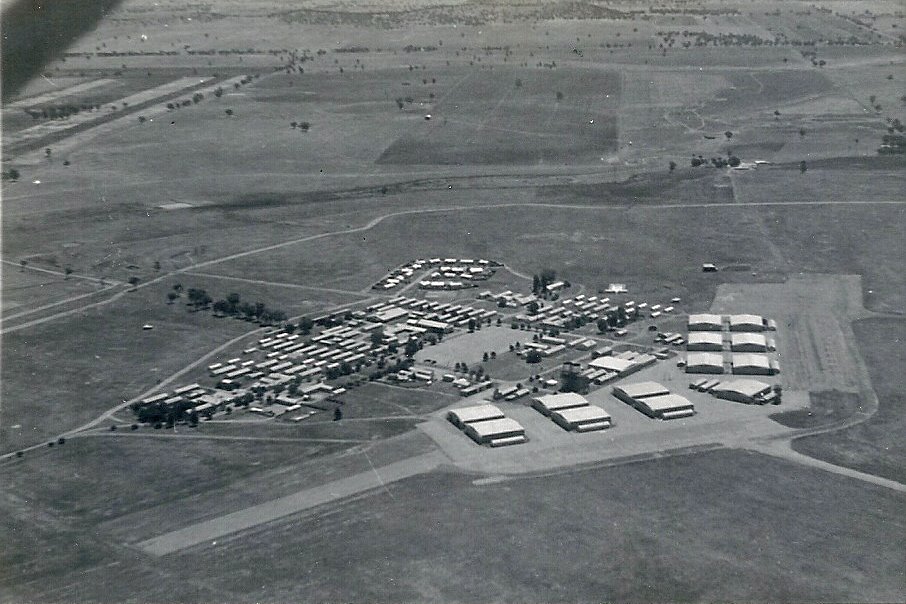
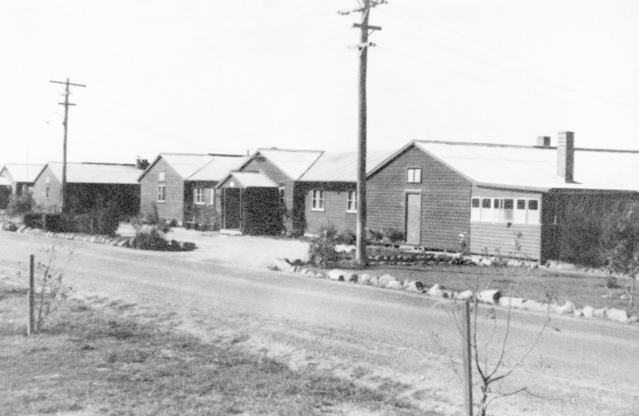
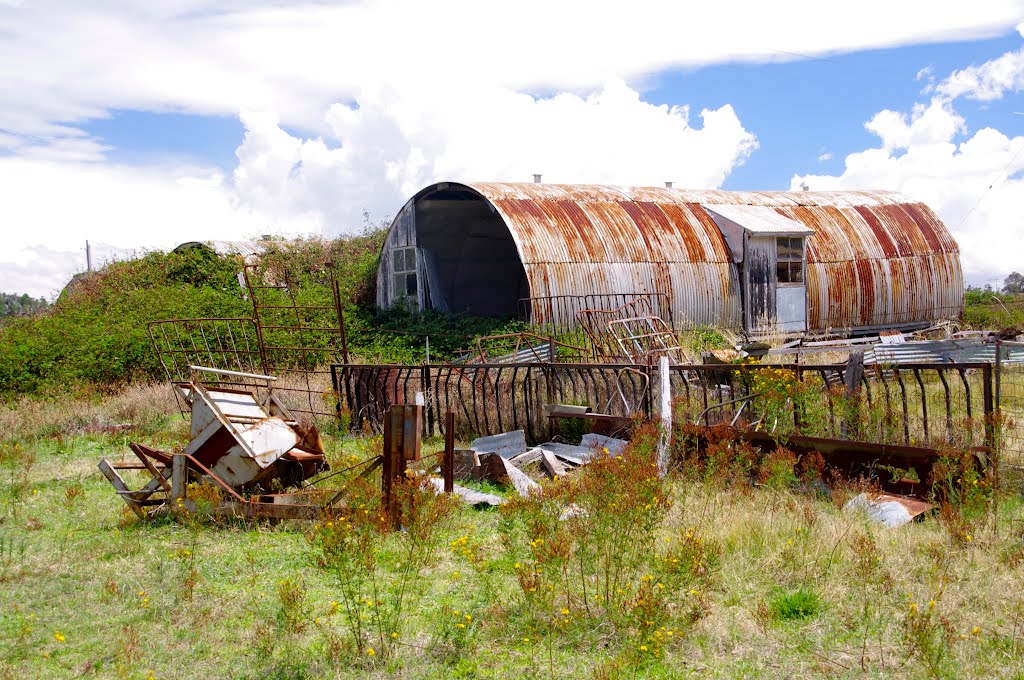
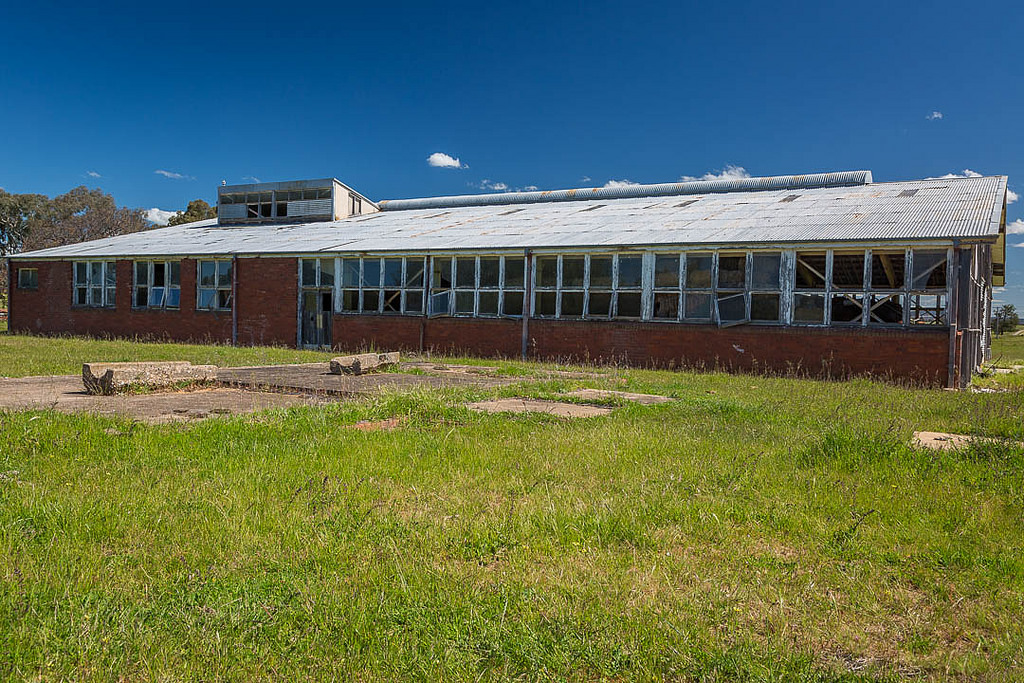
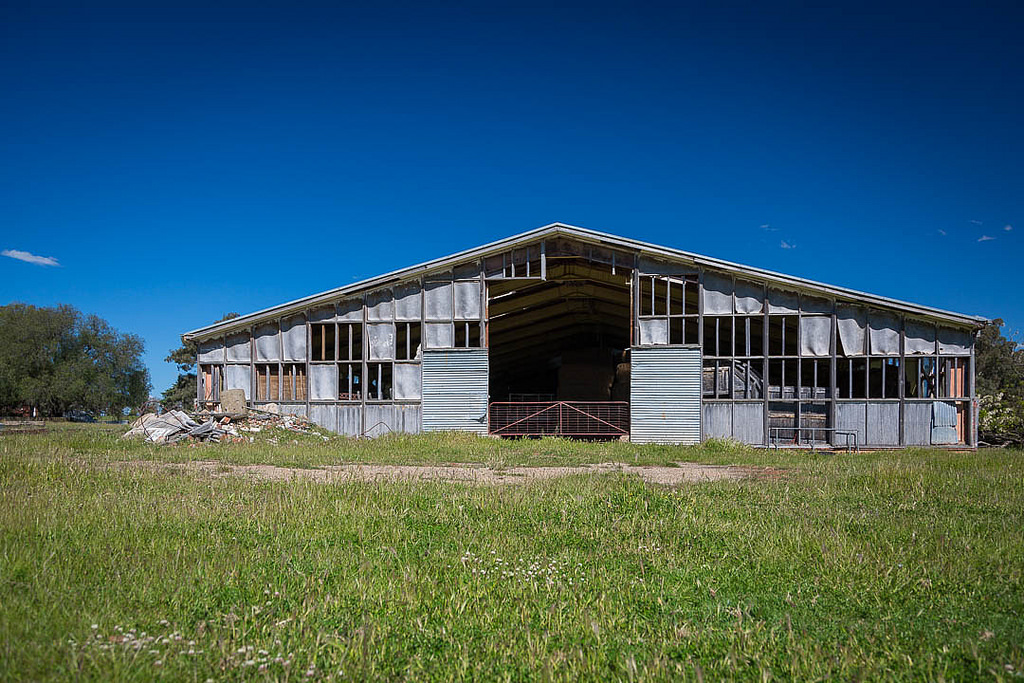
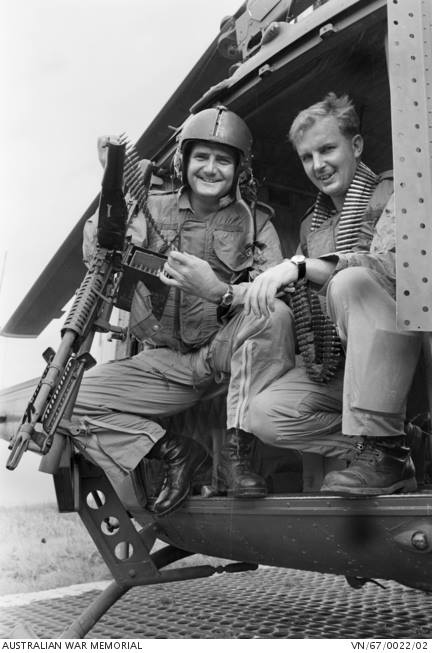
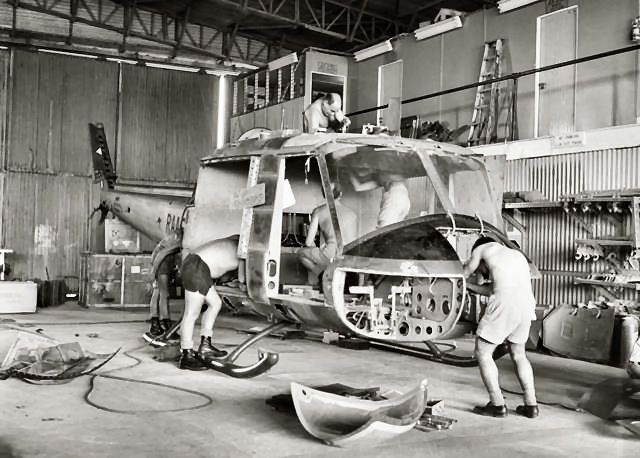
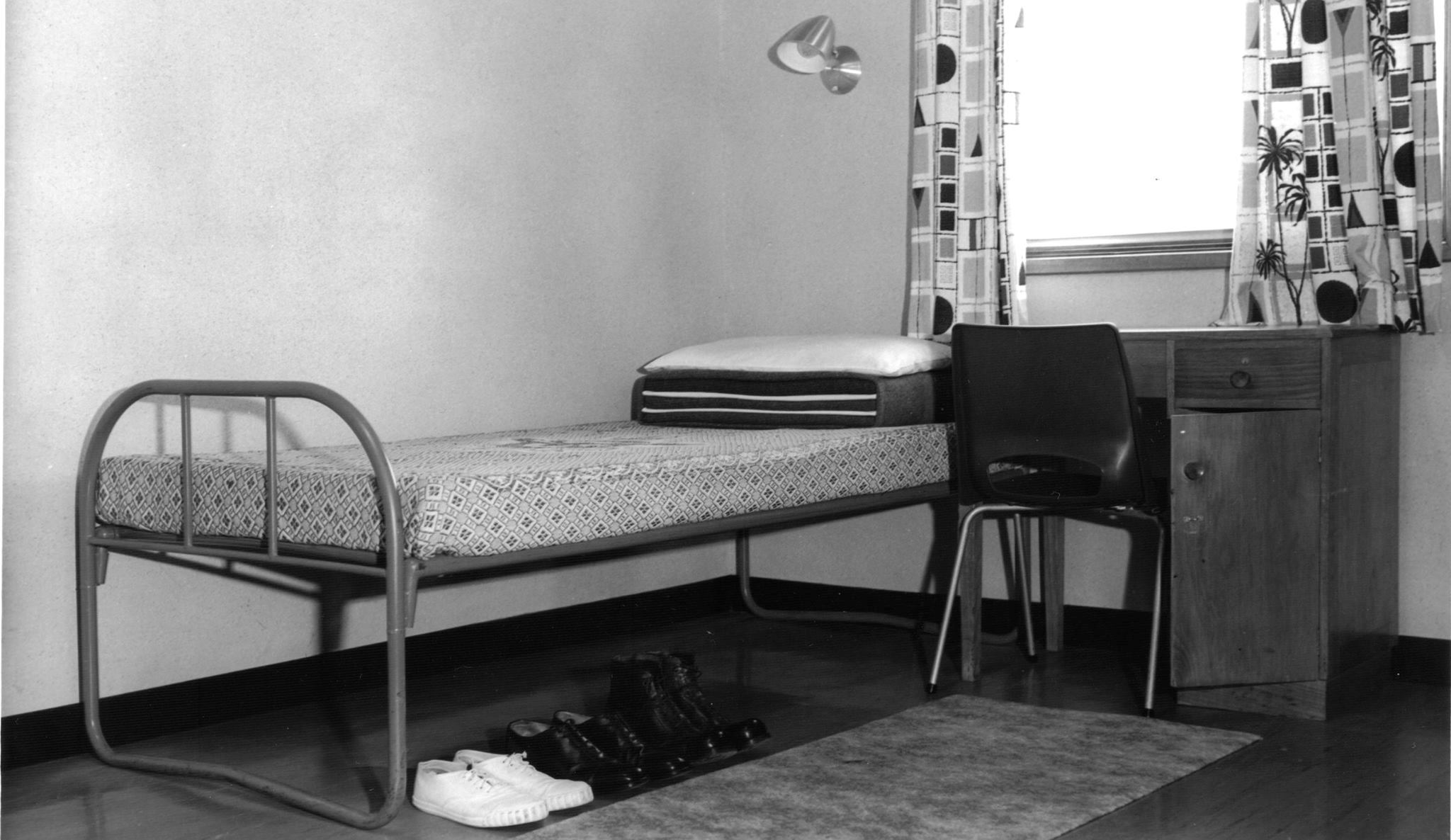
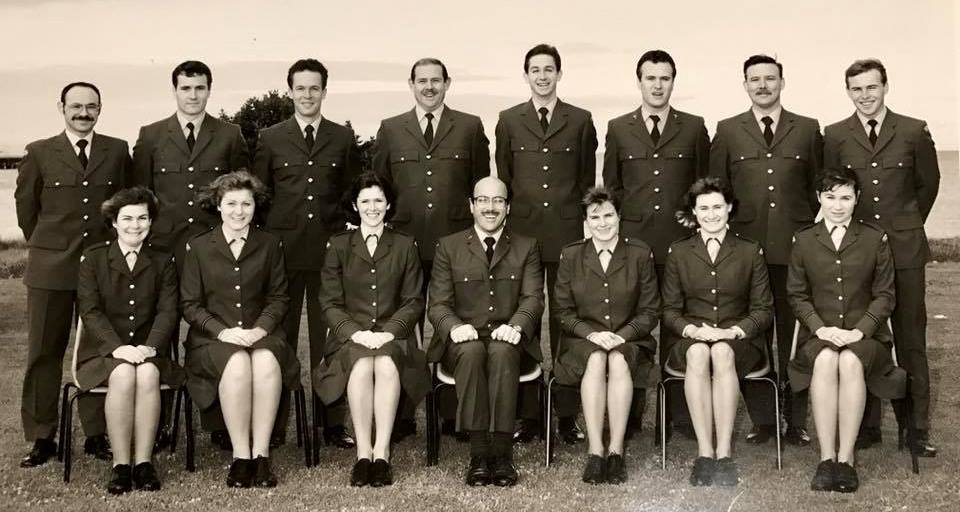
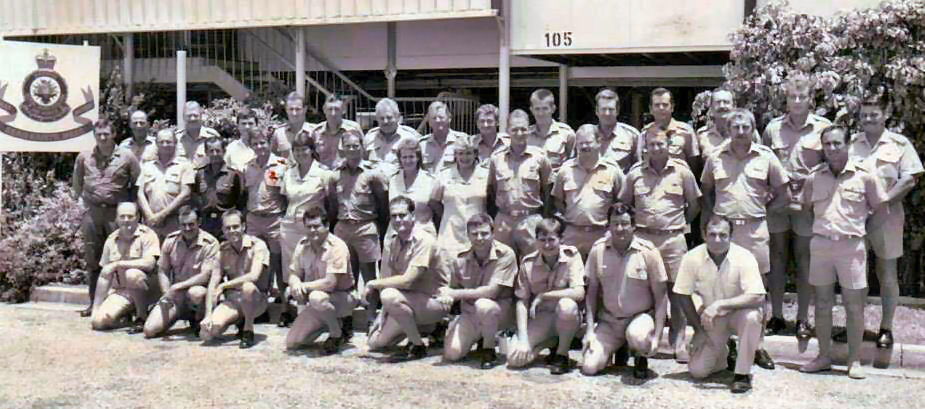
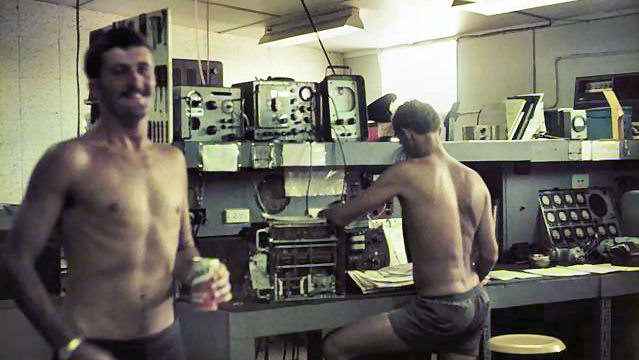
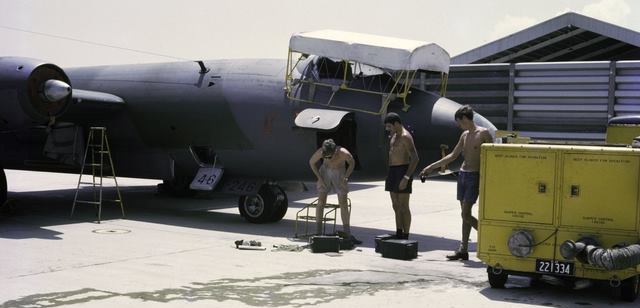
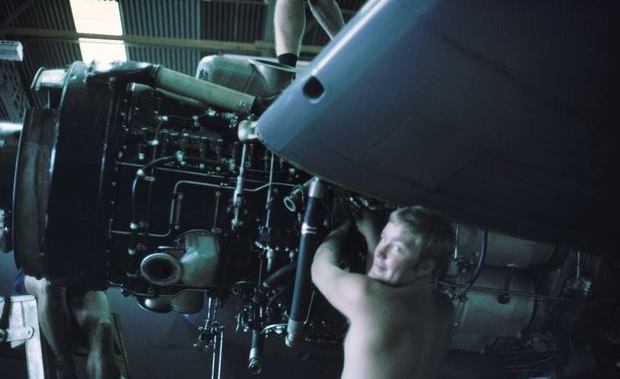
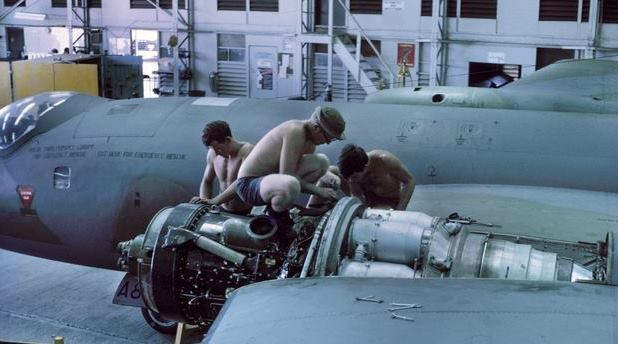
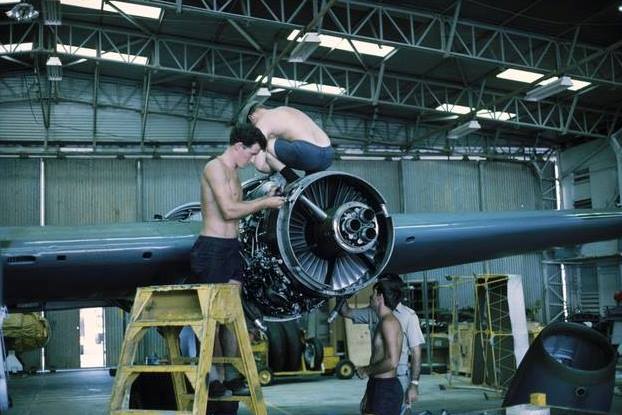
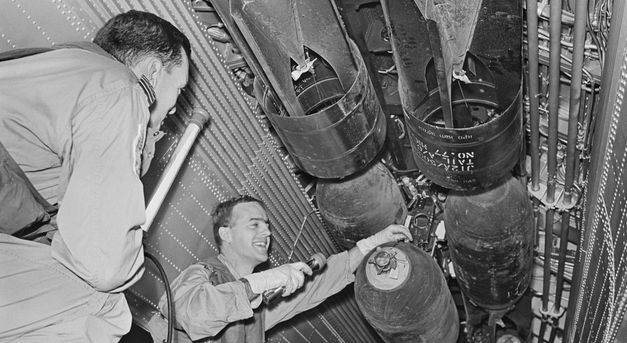
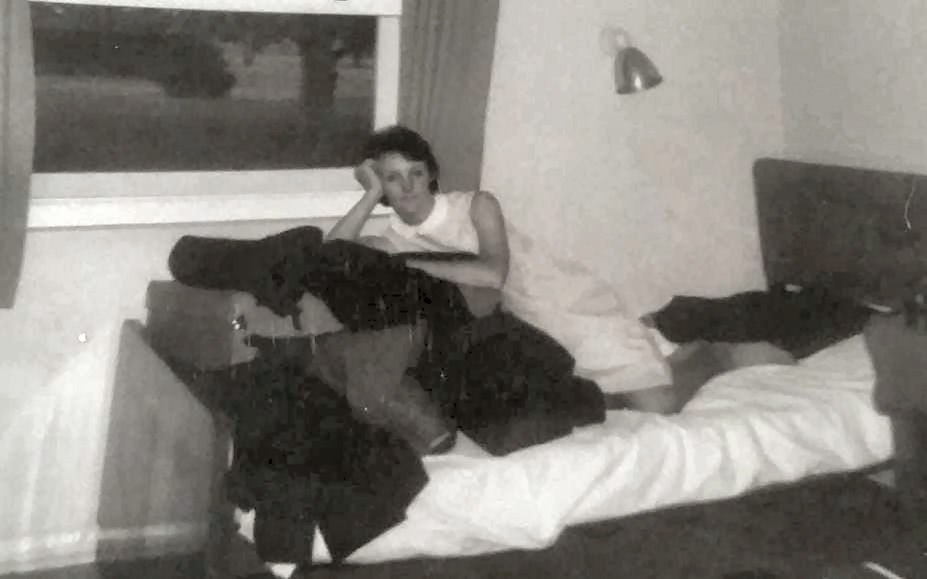
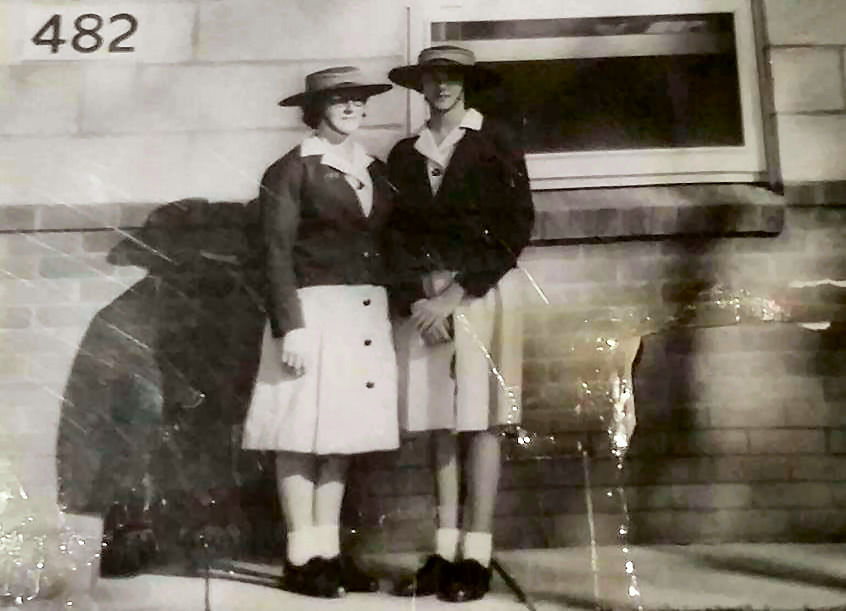
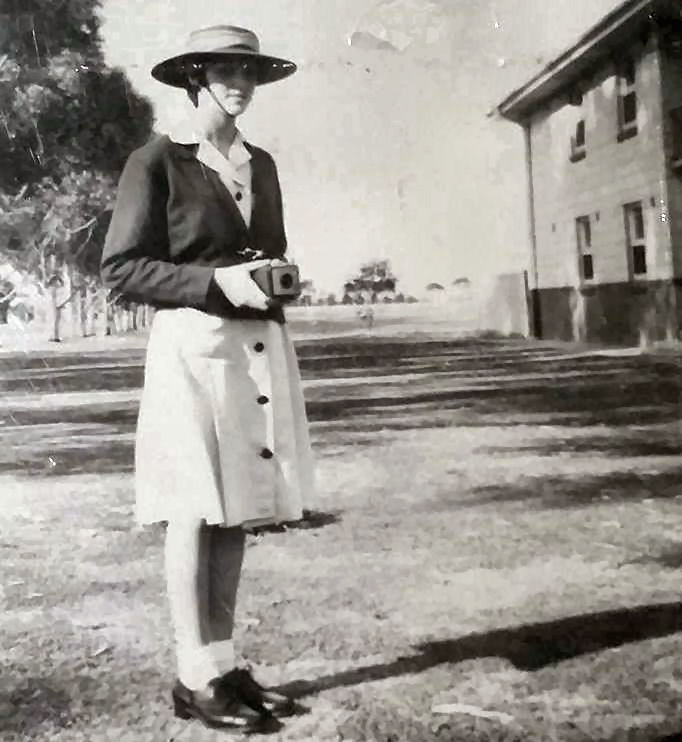
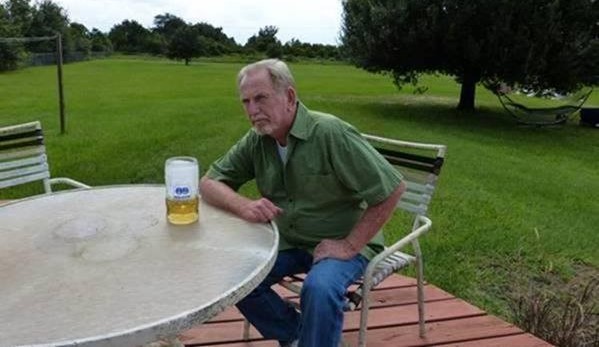

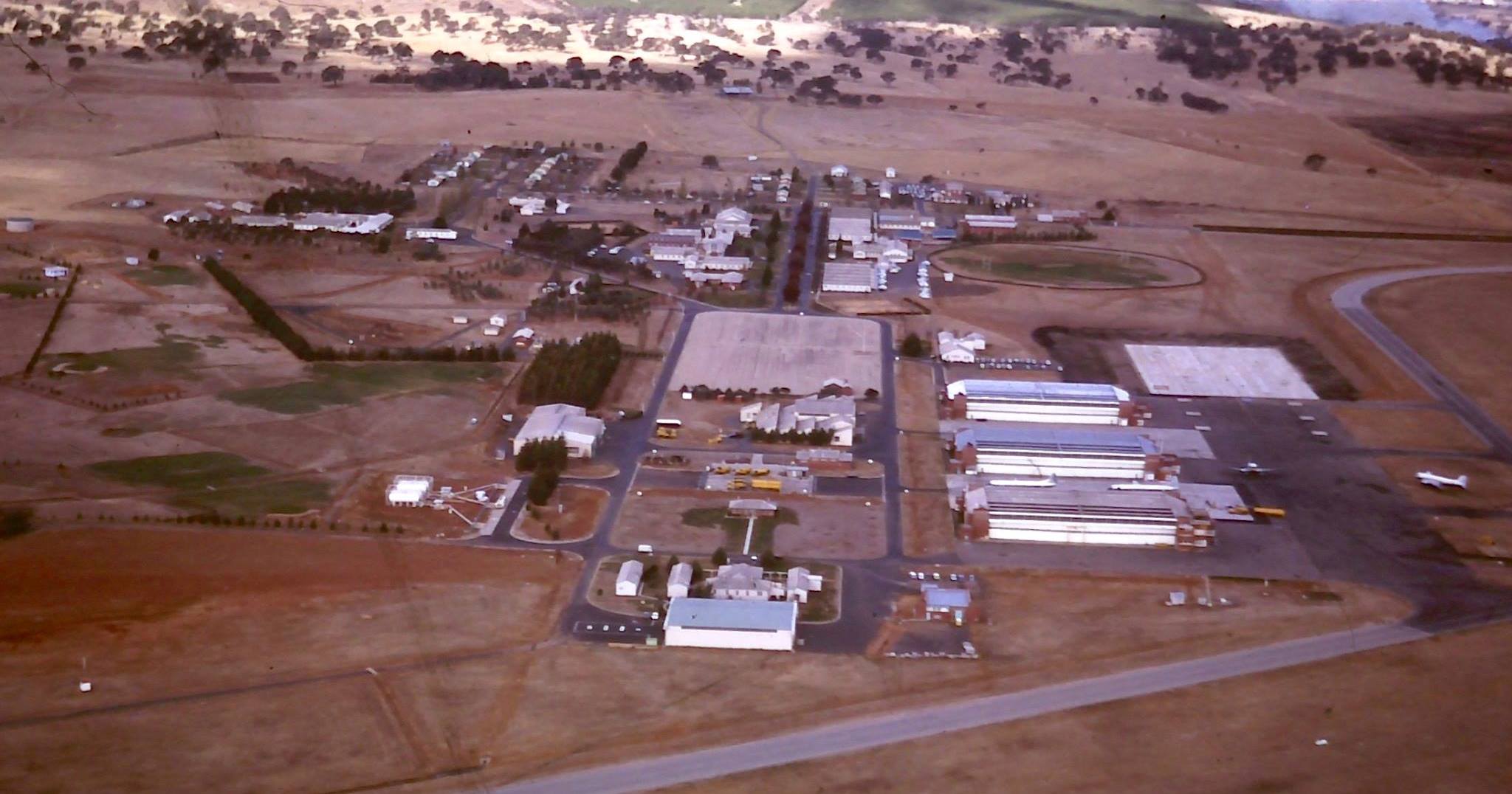
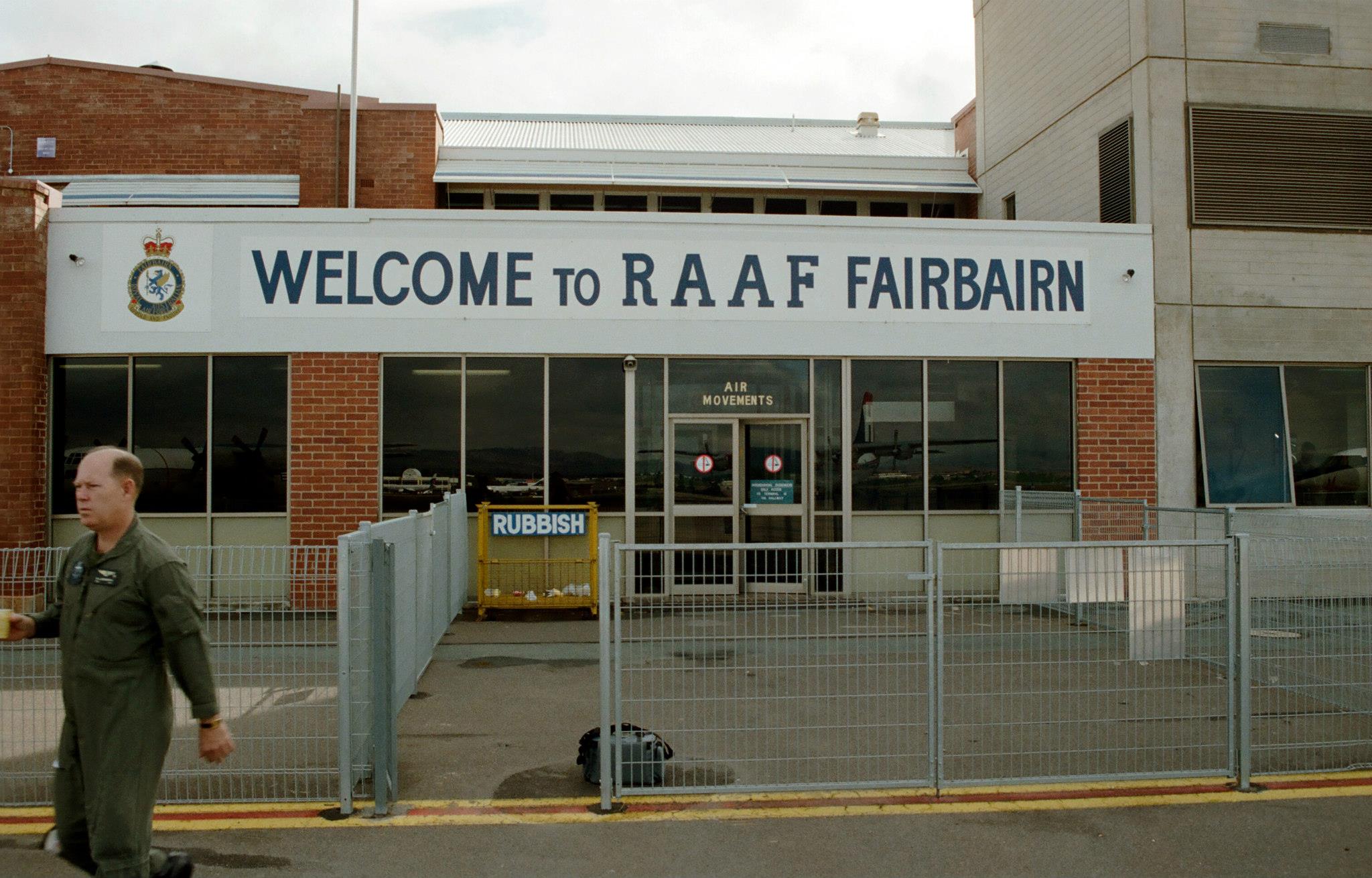
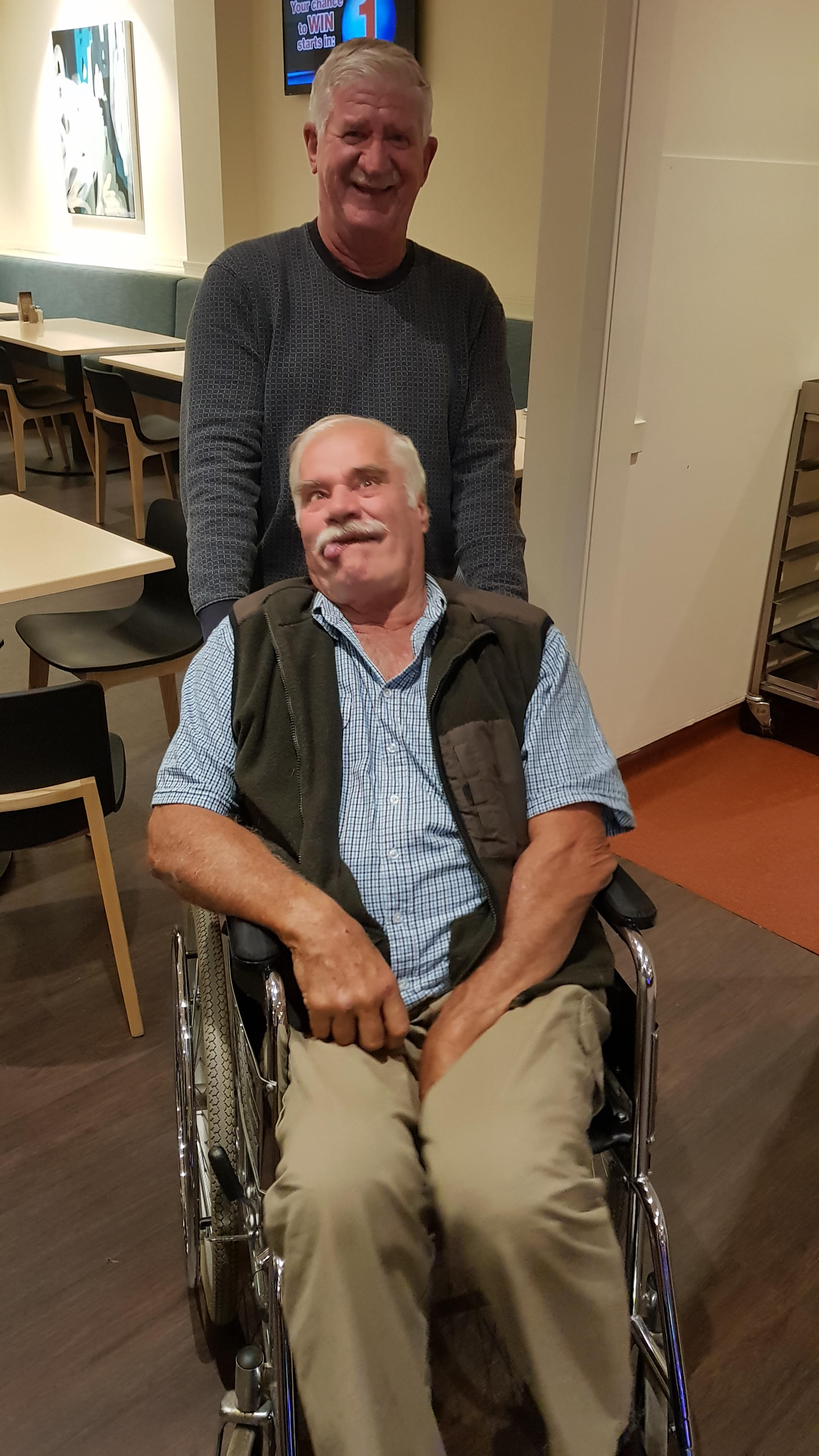

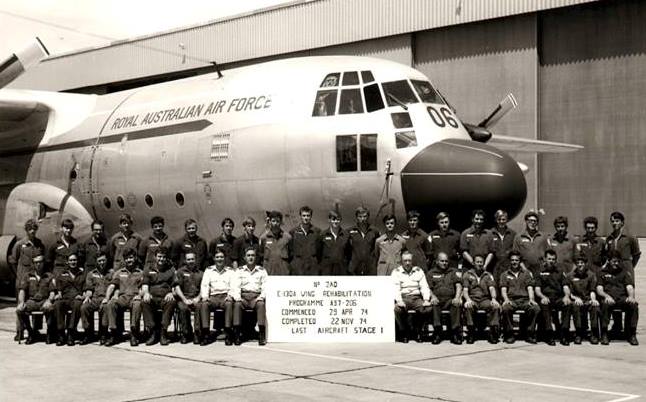
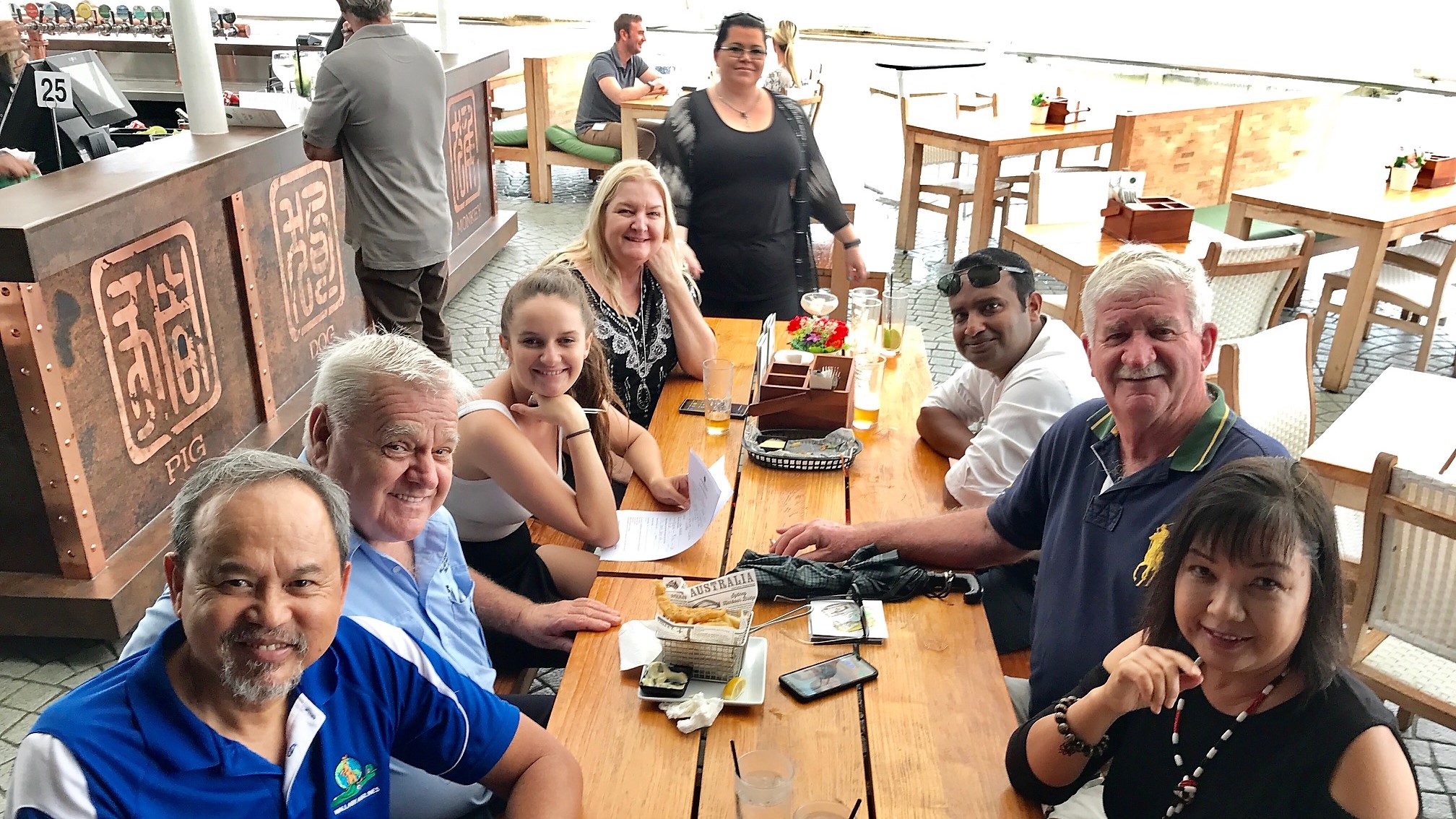
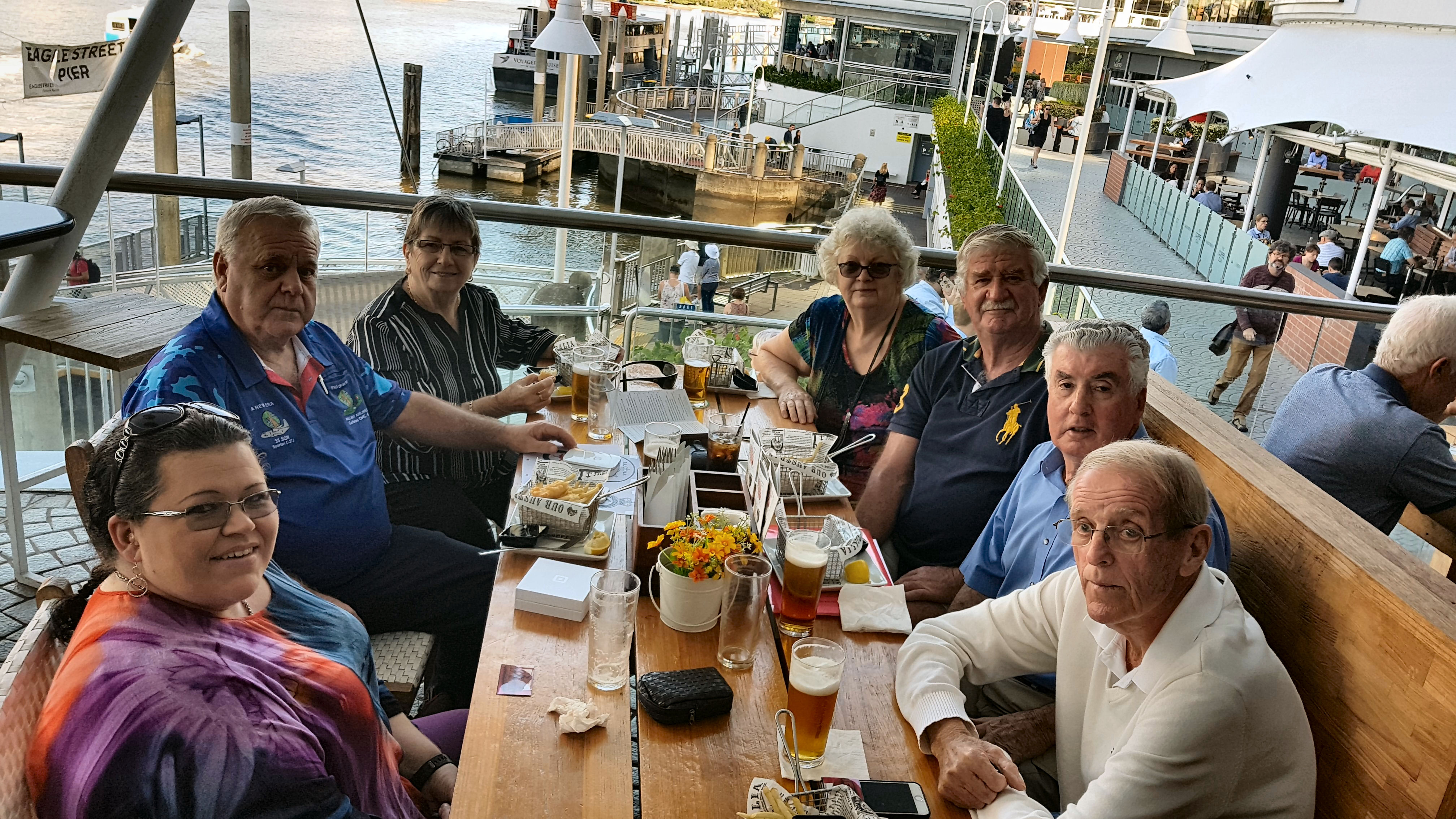

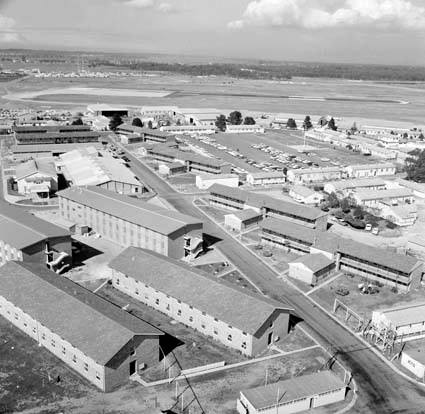
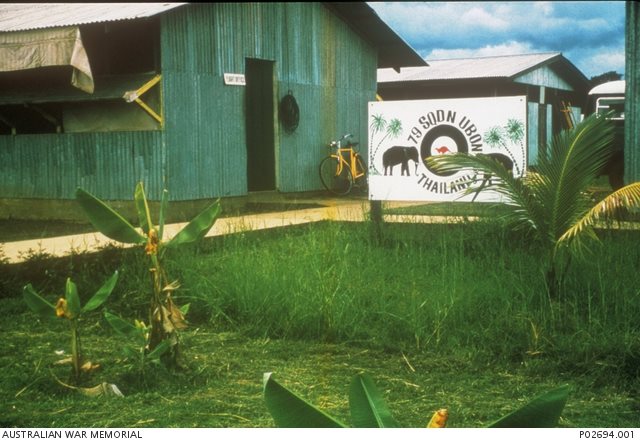
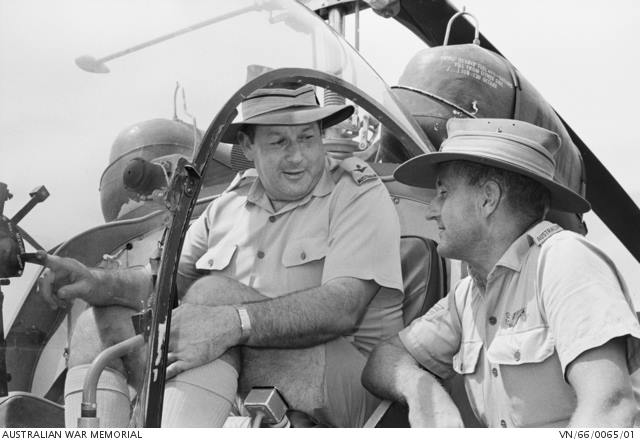
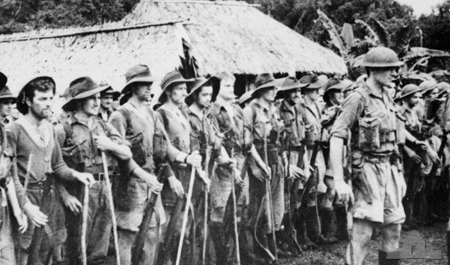 irfield
on 29 July. Despite reinforcement, the Australian forces were
continually pushed back. The veteran Second Australian Imperial Force
(AIF) 21st Brigade narrowly avoided capture in the Battle of Mission
Ridge – Brigade Hill from 6 to 8 September. In the Battle of Ioribaiwa
from 13 to 16 September, the 25th Brigade under Brigadier Kenneth Eather
fought the Japanese to a halt but ceded the field to the Japanese,
withdrawing back to Imita Ridge.
irfield
on 29 July. Despite reinforcement, the Australian forces were
continually pushed back. The veteran Second Australian Imperial Force
(AIF) 21st Brigade narrowly avoided capture in the Battle of Mission
Ridge – Brigade Hill from 6 to 8 September. In the Battle of Ioribaiwa
from 13 to 16 September, the 25th Brigade under Brigadier Kenneth Eather
fought the Japanese to a halt but ceded the field to the Japanese,
withdrawing back to Imita Ridge.